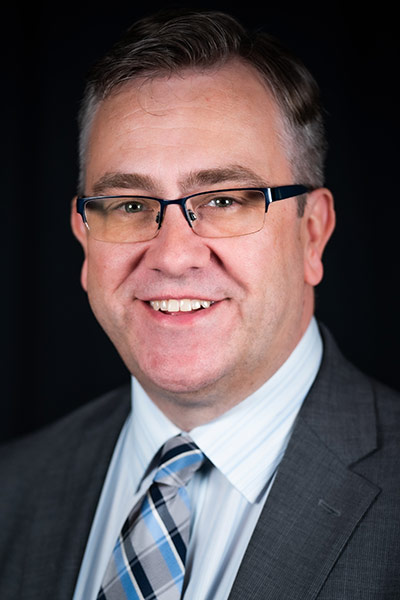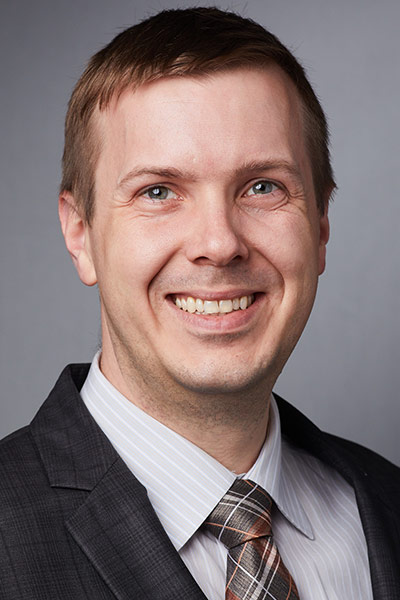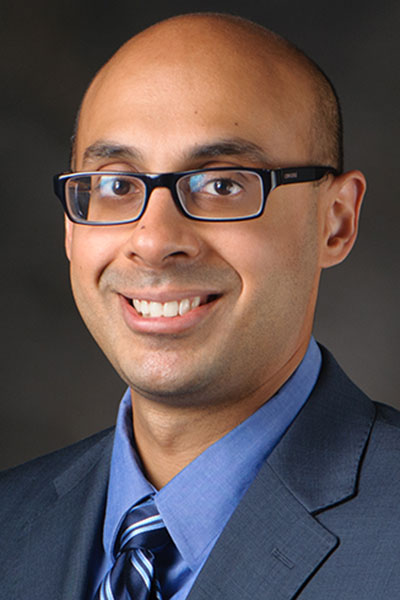Despite overall improvements in lung cancer incidence and survival rates, patient experiences and outcomes still differ dramatically across demographics. During Lung Cancer in 2023: Shining a Light on Enduring Disparities, on Sunday, October 8, a panel of experts cited the latest statistics and discussed possible causes and solutions.
Disparities as an international problem

Mark Lavercombe, MBBS, FCCP, Clinical Sub Dean of Medical Education, University of Melbourne, provided a brief snapshot of lung cancer disparities in populations from a handful of countries.
In Australia and New Zealand, the incidence and mortality rates for lung cancer are almost twice as high in Indigenous vs non-Indigenous populations. In the United States, Black men show the highest age-adjusted lung cancer incidence and the highest mortality rates, while Black and Indigenous Americans have lower surgical rates than White Americans, Hispanic Americans, and Asian Americans and Pacific Islanders.
People in lower income groups in Australia and Canada are more likely to die of lung cancer and have a greater burden of disease, while American patients with lung cancer who live in states that cut off Medicaid eligibility at a higher income have better survival rates. In multiple countries, it’s more probable that rural residents will die from lung cancer than those in urban areas.
Dr. Lavercombe also reviewed significant disparities affecting women, patients who identify as LGBTQ, and people with disabilities. To conclude, he called attention to the theme of this year’s World Lung Day: “Access to prevention and treatment for all. Leave no one behind.”
Gaps in lung cancer screening

Disparities are present in all facets of lung cancer screening, including eligibility, participation, adherence to follow-up, and outcomes, said Brett Bade, MD, Assistant Professor of Pulmonary, Critical Care, and Sleep Medicine at Northwell Health. He presented data on factors impacting these rates, including socioeconomic status, sex, age, and geography, with a particular focus on race.
Updates to United States Preventive Services Task Force guidelines in 2021 significantly expanded the number of Americans eligible for lung cancer screening. However, only 5% to 15% of eligible patients get screened, and just 1 in 3 return for follow-up.
Studies presented by Dr. Bade showed that Black Americans were more likely to benefit from lung cancer screening but less likely to meet eligibility criteria. Analyses showed that eligible Black patients were less likely to participate in screening, and predictors of lower adherence to follow-up included race or ethnicity.
“Clearly, race is one of the big challenges in all aspects of screening in single-centered data and overall meta-analysis,” Dr. Bade said.
Spirometry and race

The concept of vital capacity was introduced in 1846, around the same time as spirometry.
The idea was “quickly incorporated to do some very insidious things,” including differentiating between social classes in England and justifying racial segregation in the United States, said Ajay Sheshadri, MD, MSCI, Associate Professor of Pulmonary Medicine, The University of Texas MD Anderson Cancer Center.
Racial differences in spirometry results were thought to be due to inherent genetic differences, and physicians believed that racial adjustments would normalize these differences. While this concept has not gone away, race can now be seen as more of a social than biological construct, with an emphasis on the impact of socioeconomic status, environmental exposures, nutrition, and other factors on lung function, Dr. Sheshadri said. Several recent studies have shown that race-neutral normative equations predict symptoms and complications better than or similarly to race-specific normative equations.
Dr. Sheshadri did caution that race-neutral interpretive strategies must be incorporated into current algorithms carefully, as lung function of Black patients will appear lower than when using race-specific equations. That could adversely affect access to thoracic surgery for patients with lung cancer who are on the borderline, potentially leading to increased mortality and worsening disparities.
Correcting existing thresholds to account for race-neutral strategies may also present the opportunity to incorporate updates that account for the use of newer, safer surgical techniques, Dr. Sheshadri said.
“The reduction of these disparities should be a common goal amongst the entire medical community,” he said.
Potential solutions to lung cancer disparities

Miranda Tan, DO, FCCP, Clinical Associate Professor, Stanford University School of Medicine, went into more detail on lung cancer disparities and potential solutions.
Data suggest that equal access to health care reduces racial differences, Dr. Tan said. In one retrospective study, approximately 18,000 veterans with stage I/II non-small cell lung cancer who were treated with surgery, radiation, or other/no treatment were evaluated by race. There was virtually no difference in overall survival between Black and White patients in all three groups.
Quality improvement (QI) initiatives can also reduce racial disparities, Dr. Tan said. In another study involving five cancer centers, an intervention designed to address systemic racism incorporated health equity training, a real-time warning system to identify unmet care milestones, race-specific feedback of lung care treatment rates, and nurse navigators. The baseline group showed that a higher percentage of White patients received curative treatment, while the intervention group showed no statistically significant treatment difference between Black and White patients.
“Recognition of health and racial inequities, updating guidelines and practices to adjust for racial biases and socioeconomic biases, improving access to care, centralized care, QI interventions aimed at accountability and transparency—these may all help bridge the disparity gap,” Dr. Tan concluded.
Join us at CHEST 2025
Save the date for the next Annual Meeting, October 19 to 22, 2025, in Chicago. CHEST 2025 will explore the latest advancements in pulmonary, critical care, and sleep medicine, with a focus on innovation and the future, just as the city itself embodies progress and reinvention.





